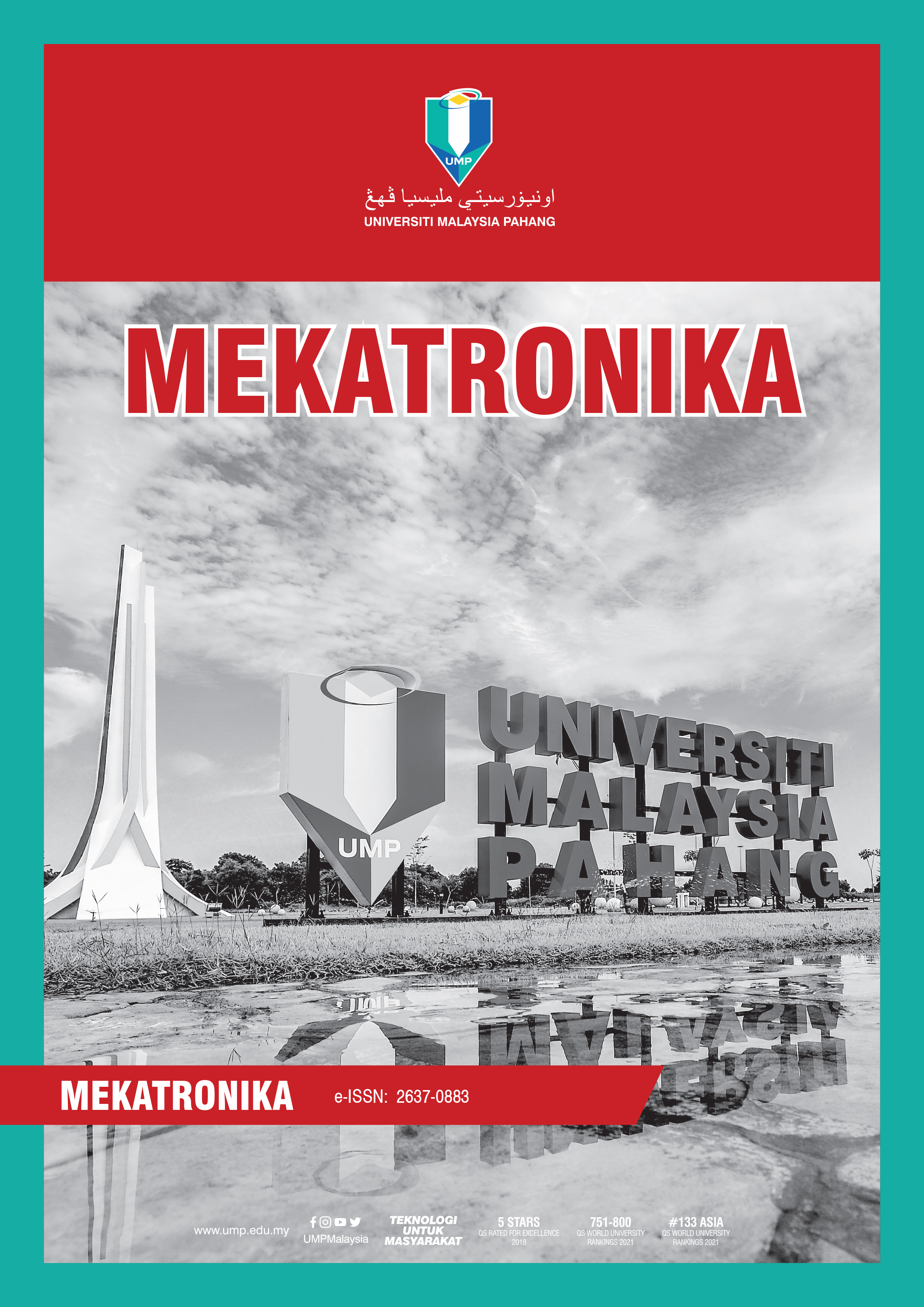Challenges of Ground Control System in Ensuring Safe Flights for Unmanned Aerial Vehicles
DOI:
https://doi.org/10.15282/mekatronika.v4i1.7350Keywords:
Safe Flight, UAV, Ground Control Station, GCS Design, Payload data analysisAbstract
Unmanned Aerial Systems (UAS) are considered as evolving technology due to the diversity and feasibility of their applications. Generally, UAS are controlled by a ground operator in a ground control station (GCS). GCS can be used for several remote applications for unmanned vehicles; however, for the purpose of this review, GCS applications would be limited to its application on Unmanned Aerial Vehicles (UAV). Such stations are made up of basic components consisting of commercial-off-the-shelf components and low-cost equipment depending on the sophistication of the UAV. This requires that as UAVs evolve, GCS are equally upgraded to meet with the technological feet. This paper discusses the challenges associated with GCS in ensuring safe operations of the UAV. Hence, a brief background of GCS, its architecture, applications, inherent challenges and the proposed solutions are presented.
Downloads
Published
Issue
Section
License
Copyright (c) 2022 University Malaysia Pahang Publishing

This work is licensed under a Creative Commons Attribution-NonCommercial 4.0 International License.




